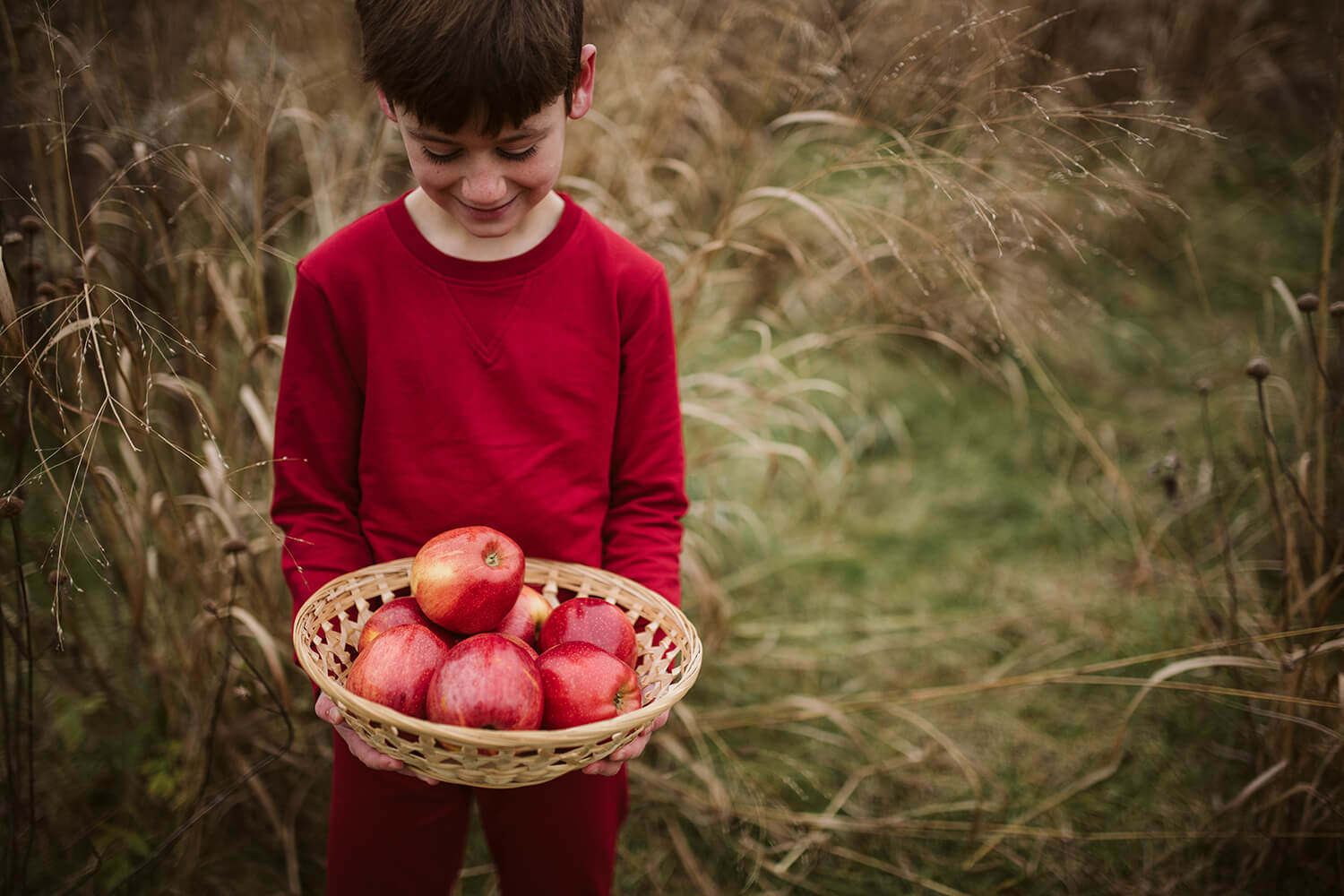What is modal fabric?
Modal is a type of semi-synthetic cellulose fiber derived from beech tree pulp. It is used in the textile industry to create fabrics and textiles. Modal is known for its softness, breathability, and eco-friendly properties. It has gained popularity as a sustainable alternative to traditional synthetic fibers and even some natural fibers like cotton.

What is modal fabric made of?
Beech Trees – yes, really! Discover the journey of transforming these trees into the luxurious softness of modal fabric.
Continue reading to unveil the fascinating process of how beech trees are magically transformed into the incredibly soft and eco-friendly modal fabric.
How is modal made?
Modal is a semi-synthetic cellulose fiber made from beech tree pulp. The process of making modal involves several steps:
Harvesting Beech Trees
The first step is harvesting beech trees. Beech trees are a sustainable source for Modal production because they grow quickly and require relatively fewer resources compared to other fiber crops like cotton.
Wood
Once the beech trees are harvested, they are debarked and chipped into small pieces.
Chemical Pulping
The wood chips are then subjected to a chemical pulping process. This process involves treating the wood chips with chemicals to break down the lignin and separate the cellulose fibers. The most commonly used chemical is sodium hydroxide, also known as caustic soda.
Extrusion
After chemical pulping, the resulting pulp is extruded through spinnerets (small holes), creating fibers. These fibers are then stretched to improve their strength and alignment.
Spinning
The extruded fibers are spun into yarn or thread. During spinning, the fibers are often mixed with other materials or blended with other types of fibers to achieve specific properties, such as increased durability or moisture-wicking abilities.
Weaving or Knitting
The yarn is then woven or knitted into fabric, which can be used for various textile applications.
Finishing
The fabric is subjected to finishing processes, which may include washing, dyeing, and softening to achieve the desired appearance and texture.
What does modal fabric feel like?
Modal has a silky-smooth texture with a gentle and pleasant drape. When you touch modal fabric, you'll likely notice its cool and breathable sensation against the skin, making it exceptionally comfortable to wear, especially in warm weather.

What are the advantages of modal?
Modal fabric offers several advantages, making it a popular choice for clothing. Here are some of the advantages of modal:
Softness
Modal is exceptionally soft and smooth, often compared to the feel of silk or cashmere. This makes wearing it incredibly comfortable, even for people with sensitive skin.
Breathability
Modal is highly breathable and wicks moisture away from the body, helping to keep you cool and dry - making it an excellent choice for activewear and undergarments.
Durability
Modal fibers are strong and durable, so clothing made from modal tends to last longer, reducing the need for frequent replacements.
Hypoallergenic
Modal is hypoallergenic, making it a great choice for individuals with allergies or sensitive skin.

Is modal sustainable?
Modal fabric is often regarded as a sustainable textile choice when contrasted with alternative materials such as conventional cotton or synthetic options like polyester. Nonetheless, the sustainability of modal is contingent upon several factors, including how its raw materials are procured, the production process employed, and its utilization and eventual disposal. Here are several critical aspects to take into account:
Raw Material
Modal is made from beechwood pulp, a renewable resource. Beech trees grow quickly and require minimal water and pesticides compared to other tree sources used for fabrics.
Manufacturing Process
Modal is produced using a closed-loop manufacturing process, which means that the chemicals and solvents used to make the fabric are captured and reused, reducing the environmental impact compared to some other textile manufacturing methods. This closed-loop process is more eco-friendly and minimizes waste and pollution.
Biodegradability
Modal is biodegradable, which means it can naturally decompose at the end of its life cycle, reducing the burden on landfills compared to synthetic materials that do not biodegrade.
However, it's essential to note that sustainability is a complex and multifaceted concept. Even though modal has several sustainable attributes, its overall sustainability also depends on other factors, such as transportation impacts (shipping raw materials and finished products), chemical inputs in the dyeing and finishing processes, and labor practices in manufacturing.
To assess the sustainability of a specific modal fabric product, you may want to consider:
Production Practices
The sustainability of modal depends on the specific production practices the manufacturer employs. Some producers may implement eco-friendly and energy-efficient processes with minimal waste and pollution, while others may not prioritize sustainability.
Chemical Use
Modal production typically involves chemicals like sodium hydroxide. The extent to which these chemicals are managed, recycled, or disposed of responsibly can impact the sustainability of the process. The brand name of modal - TENCEL™️ modal uses a closed-loop system to recapture the chemicals used in processing responsibly.
Certifications
Look for products made from certified sustainable modal, such as those carrying certifications like OEKO-TEX Standard 100 or the Forest Stewardship Council (FSC) certification for responsible sourcing of wood.
Transparency
Brands that are transparent about their sourcing and manufacturing practices are often more committed to sustainability.
Care and Maintenance
Proper care and maintenance of clothing can extend its lifespan, reducing the need for frequent replacements.

How to wash modal fabric?
Washing modal fabric is relatively easy, and modal can maintain its softness and durability if you follow some care instructions. Here's how to wash modal fabric:
1. Check the Care Label
Always check the care label on your modal garment for specific washing instructions. Manufacturers may have provided specific guidance based on the fabric blend or garment construction.
2. Separate Colors
Separate your modal garments by color. Wash dark colors separately from lighter ones to prevent color bleeding.
3. Use a Mild Detergent
Choose a mild, liquid detergent. Avoid using harsh detergents or those with bleach, as they can damage the fabric.
4. Wash on Cold
Use cold or cool water for washing. Hot water can cause modal fabric to shrink or lose its shape.
5. Gentle Cycle
Use the gentle cycle on your washing machine. This cycle minimizes agitation and reduces the risk of damage.
6. Low Heat or Air Dry
Remove your modal garments promptly after washing. While modal is less prone to wrinkling than some other fabrics, it's best to hang or lay flat to dry. If you use a dryer, use the lowest heat setting, as high heat can damage the modal fabric and lead to shrinkage.
By following these care instructions, you can help maintain the softness, color, and overall quality of your modal fabric garments. Always refer to the care label and any instructions the manufacturer provides for the best results.





